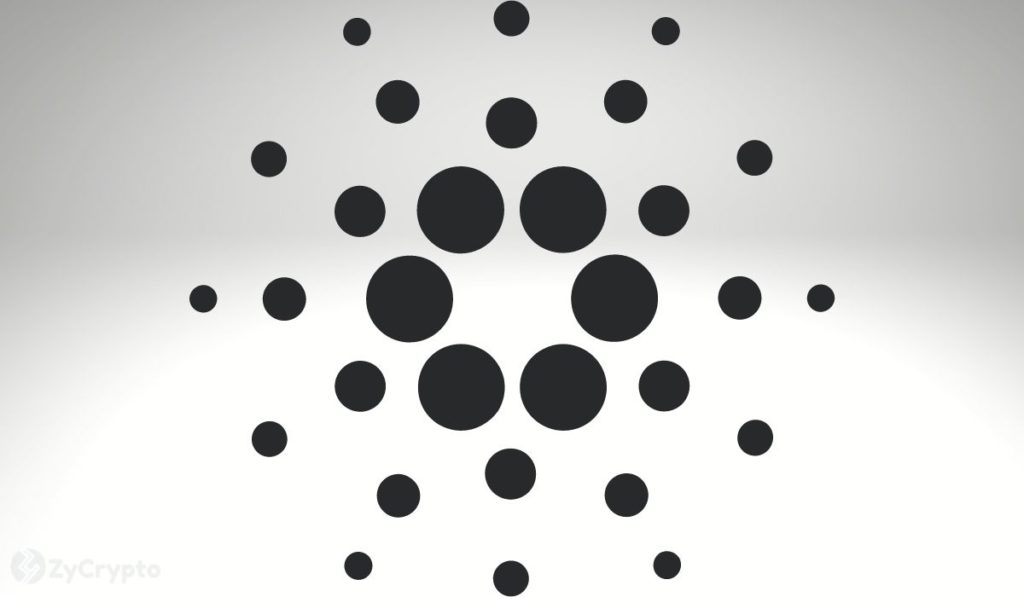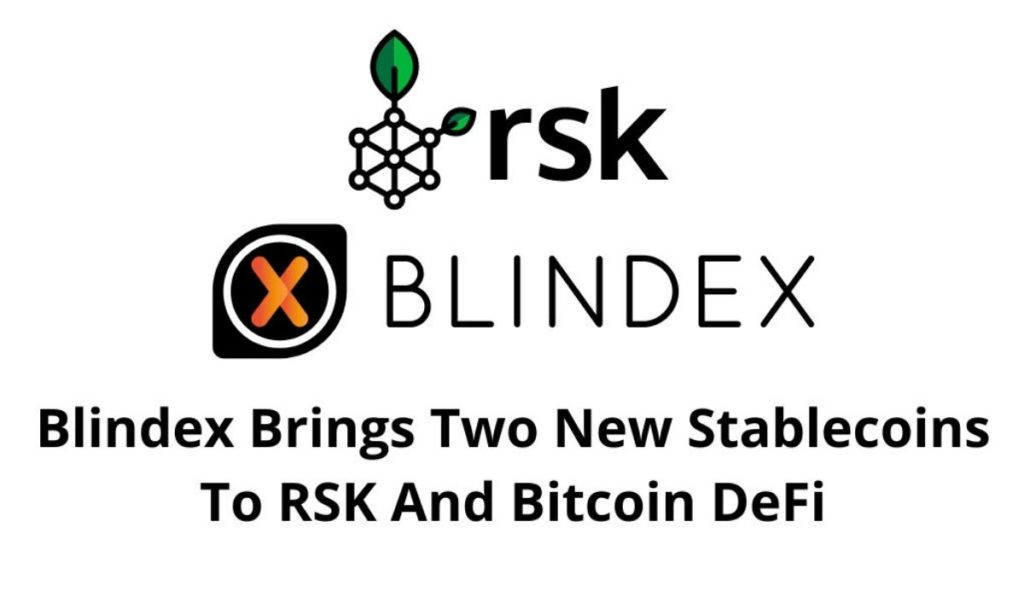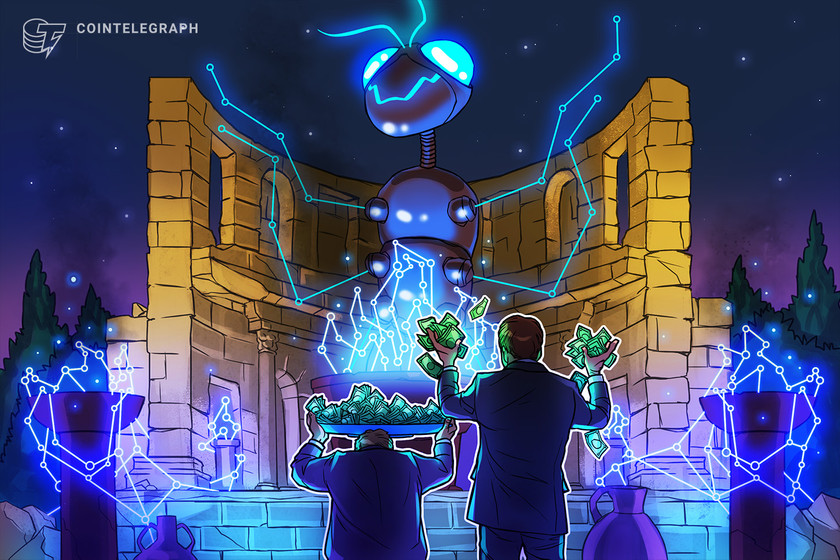2022-5-27 15:00 |
Vitalik Buterin, Ethereum’s co-founder, has shared his opinions on determining if an algorithmic stablecoin is sustainable, listing two requirements that he considers necessary.
This is a reaction to the recent crash of TerraUSD (UST) and the overall collapse of the network’s ecosystem, which led to around a $40 billion loss.
Two thought experiments to evaluate automated stablecoins:https://t.co/gqPKb42tL8
— vitalik.eth (@VitalikButerin) May 26, 2022In a blog post, Buterin wrote that algorithmic stablecoins still have potential even if many of those currently in existence are “fundamentally flawed and doomed to collapse eventually.”
“What we need is not stablecoin boosterism or stablecoin doomerism, but rather a return to principles-based thinking,” he said.
Meanwhile, the blog post cited RAI stablecoin as an example of an ideal automated stablecoin. RAI is not pegged to a fiat currency. It uses algorithms to automatically set interest rates, opposing price movements when needed, and incentivize users to keep RAI in its price range.
Buterin shares two criteria for algorithmic stablecoinsIn Buterin’s view, there are two thought experiments to determine if a stablecoin is truly stable. The first is whether users will still be able to extract fair value out of the asset if its market activity should drop to “near zero.”
Buterin wrote that UST does not meet this criterion. The structure requires its volume coin (volcoin) LUNA to maintain its price and demand. Without that, both the stablecoin and volcoin will collapse.
“First, the volcoin price drops. Then the stablecoin starts to shake. The system attempts to shore up stablecoin demand by issuing more volcoins. With confidence in the system low, there are few buyers, so the volcoin price rapidly falls. Finally, once the volcoin price is near-zero, the stablecoin too collapses.”
Additionally, Buterin believes that an algorithmic stablecoin should be able to implement negative interest rates if need be.
In reference to Anchor’s annual percentage yield (APY), he said,
“Obviously, there is no genuine investment that can get anywhere close to 20% returns per year, and there is definitely no genuine investment that can keep increasing its return rate by 4% per year forever. But what happens if you try?”
He answered, saying the project will have to charge “some kind of negative interest rate on holders that equilibrates to basically cancel out the USD-denominated growth rate built into the index” or it’ll become a Ponzi scheme that will crash sooner or later.
However, Buterin does not think this is all it takes for an algorithmic stablecoin to be safe. There could still be other issues and vulnerabilities.
The post Buterin Offers Guide on How to Tell if an Algorithmic Stablecoin Is Sustainable appeared first on BeInCrypto.
origin »USDx stablecoin (USDX) íà Currencies.ru
|
|


















